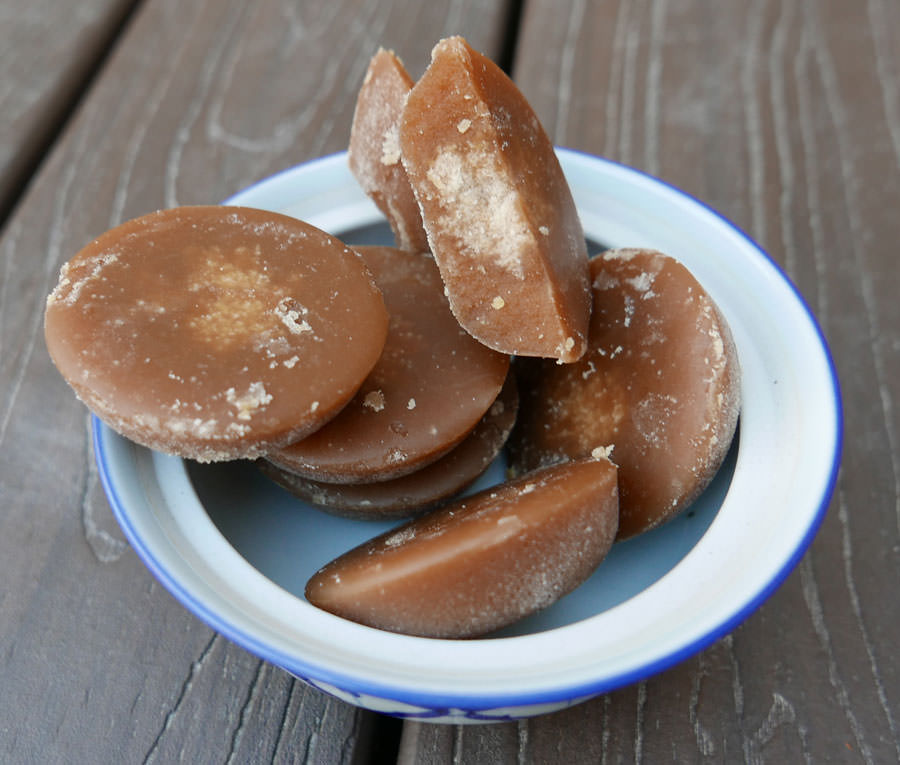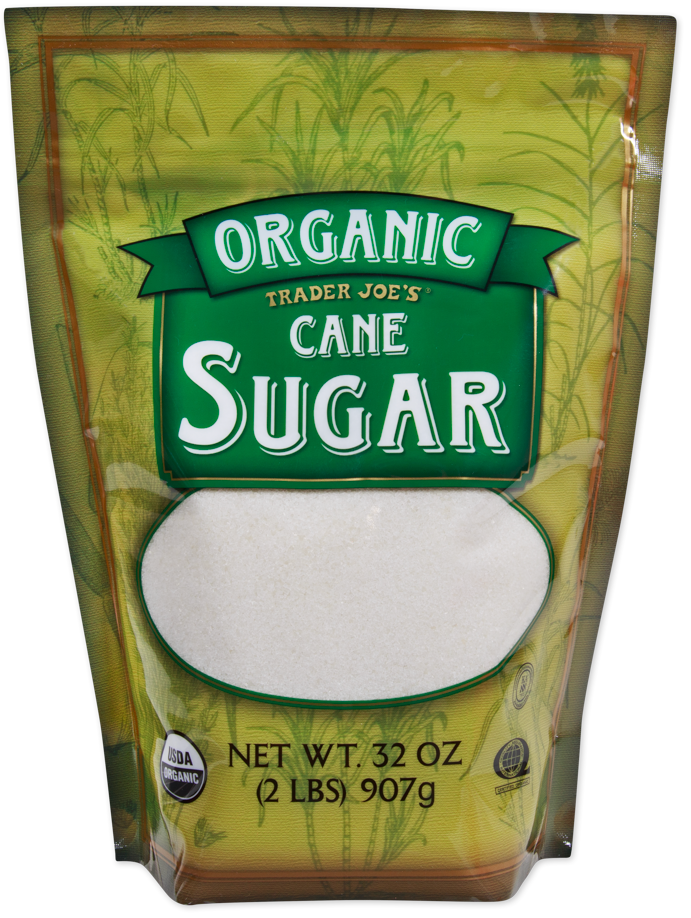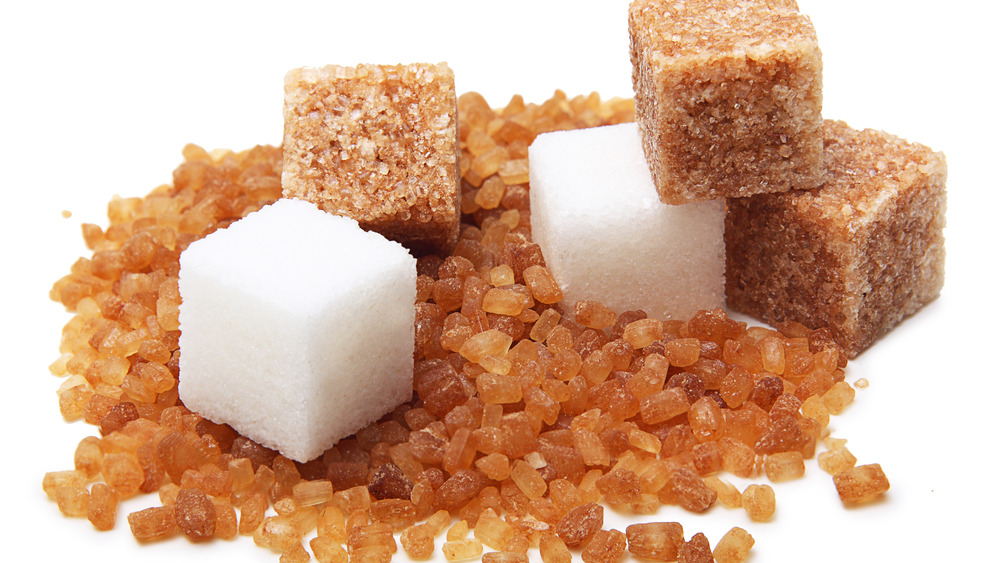Advanced Cane Sugar Processing: Enhancing Effectiveness and Sustainability
Checking Out the Comprehensive Steps Associated With Walking Cane Sugar Processing From Harvesting to Improvement
The process of walking cane sugar production includes a collection of intricate steps, starting with the mindful harvesting of sugarcane and finishing in the refinement phases that ensure the last product satisfies market criteria. Each stage, from the extraction of juice to the filtration and condensation procedures, plays an important duty in determining the quality and character of the sugar.
Gathering Sugarcane
Collecting sugarcane is a crucial action in the walking stick sugar processing chain, as it directly influences the top quality and return of the last product. Appropriate timing and methods are necessary throughout this stage to make sure ideal sugar material and reduce losses. Commonly, sugarcane is collected when it gets to maturity, typically 12 to 18 months after planting, characterized by a high sucrose concentration.

Post-harvest, the sugarcane has to be refined quickly to stop sucrose deterioration. Ideally, gathered walking stick ought to be carried to processing centers within 24 hr to protect sugar high quality. Consequently, reliable logistical planning is important to maintain the honesty of the collected plant throughout the supply chain.
Extraction Refine

The crushed cane undergoes a series of pushing procedures to take full advantage of juice healing. Usually, warm water is sprayed onto the crushed cane, developing a countercurrent circulation that assists dissolve the sugar while also assisting in the removal process. The juice accumulated from this procedure includes not only sugar yet additionally different organic substances and pollutants.

To enhance extraction effectiveness, some centers might use diffusion approaches, where the sugarcane is taken in hot water, allowing the soluble sugars to diffuse into the liquid. The resulting juice, rich in sucrose, is then directed to subsequent processing stages, laying the foundation for purification and refinement. The extraction process is thus critical in figuring out the top quality and return of the last sugar item.
Filtration Methods
The purification methods utilized in walking stick sugar processing are necessary for changing the raw juice into a top quality sugar product. These methods mainly aim to get rid of contaminations, such as dirt, plant materials, and inorganic substances, which can detrimentally influence the final product's taste and shade.
One of the most common filtration methods is information. This process involves adding lime and warmth to the raw juice, which promotes the coagulation of impurities. The resulting precipitate is then removed through sedimentation Discover More Here or purification, producing a clearer juice. In addition, the usage of phosphoric acid can improve the clarification procedure by additional binding impurities.
One more significant strategy is carbonatation, where carbon dioxide is presented to the clarified juice. This response produces calcium carbonate, which captures staying impurities and advertises their removal.
Moreover, activated carbon therapy may be applied to adsorb any staying colorants and organic pollutants, ensuring a much more refined product. The mix of these methods properly prepares the sugar juice for subsequent action in the refining procedure, setting the stage for the manufacturing of high-grade walking stick sugar.
Formation Methods
After the purification stage, the following critical action in cane sugar handling involves crystallization approaches, which play a critical function in transforming the cleared up juice right into strong sugar. This procedure usually uses two primary techniques: spontaneous formation and controlled condensation.
In spontaneous crystallization, supersaturated sugar solutions are permitted to cool down normally, leading to the development of sugar crystals over time. This approach permits for the consistent development of sugar crystals and higher purity.
During crystallization, the cleared up juice is concentrated via dissipation, raising its sugar web content till it gets to supersaturation. When this point is achieved, either technique can facilitate the crystallization procedure. Cane Sugar Processing. The resultant sugar crystals are after that separated from the remaining syrup through centrifugation
Ultimately, the choice of formation approach affects the high quality, size, and pureness of the final sugar product, making this action important in the overall walking cane sugar handling treatment.
Improvement and Packaging
Exactly how can the pureness and high quality of walking cane sugar be even more improved after crystallization? The improvement procedure plays a critical role in accomplishing top quality walking cane sugar.
Next, the sugar undergoes a process called centrifugation, where it is spun at broadband to separate the cleansed sugar crystals from the continuing to be liquid. After centrifugation, the sugar is typically additional fine-tuned through a technique called carbonization or phosphatation, which utilizes triggered carbon or phosphoric acid to remove color and off-flavors.
When fine-tuned, the sugar is dried out to attain the preferred moisture content, making certain that it remains stable during storage space and transportation. The final action entails product packaging the refined sugar in moisture-proof and closed containers to maintain its high quality and avoid contamination. Cane Sugar Processing. Appropriate product packaging not just prolongs life span yet also assists in simple handling and visit distribution, making sure that customers obtain sugar that fulfills the highest standards of purity and quality
Conclusion
The thorough actions associated with walking cane sugar handling, from the careful harvesting of sugarcane to the detailed improvement and product packaging phases, emphasize the relevance of each stage in making certain top quality sugar manufacturing. Optimum harvesting strategies, effective removal techniques, and rigorous purification processes collectively add to the end product's purity and stability. The crystallization and subsequent packaging techniques further boost the honesty and rack life of the sugar, highlighting the intricacy and accuracy integral in this essential farming sector.
The procedure of walking stick sugar production encompasses a series of detailed actions, beginning with the careful harvesting of sugarcane and culminating in the improvement phases that make certain the last product fulfills market standards. Preferably, collected walking cane must be delivered to processing facilities within 24 hours to protect sugar quality.In spontaneous crystallization, supersaturated sugar solutions are permitted to cool normally, leading to the formation of sugar crystals over time - Cane Sugar Processing. The improvement process plays a vital function in accomplishing premium walking cane sugar.The comprehensive actions entailed in walking stick sugar handling, from the careful harvesting of sugarcane to the intricate go to the website improvement and product packaging phases, highlight the relevance of each phase in ensuring top quality sugar production